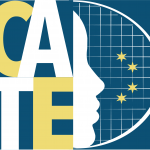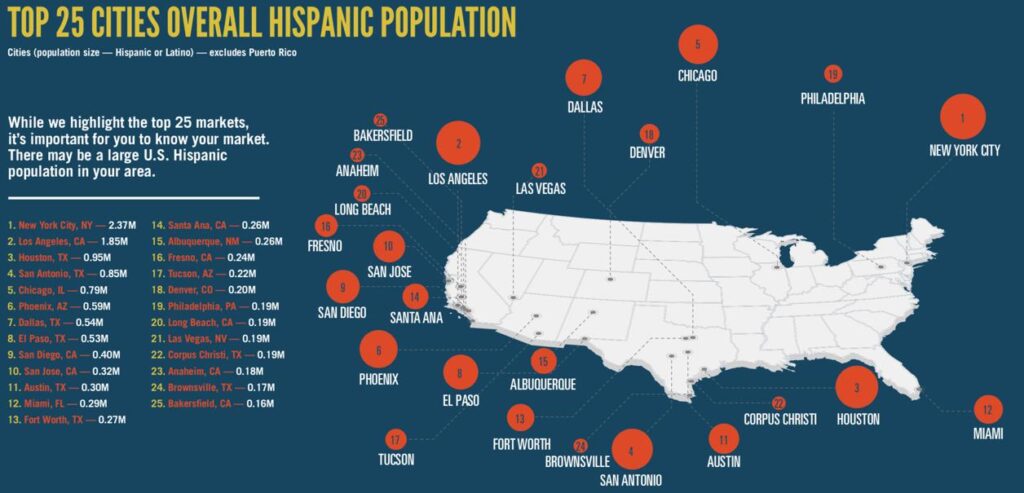Future
Needs Assessment
Tennis in the inner City of Chicago has never reached its potential because of lack of exposure, access to the best facilities and the best coaches, associated costs and a dearth of role models or mentors.
Of the 476 Elementary Schools (including 53 Charter Schools) that provide education to 224,000 children, only handful of schools provide any kind of tennis exposure. The table below captures the sports that are supported across the 15 initial partner schools. In Chicago, the only existing program that strives to serve youth from under-resourced communities is XS Tennis & Education Foundation based in the South Side. XS predominantly host youth at its facility, and does not conduct on-school premise outreach or trainings . CATE will be looking to partner with the ACERO Charter Schools and University of Chicago Charter Schools. CATE will be looking to partner with at the Acero Charter Schools and University of Chicago Charter Schools.
The lack of early exposure also manifest in a glaring lack of diversity in competitive tennis, particularly among ITF ranked players.

Opportunity: Expanding Tennis Adoption In The Hispanic Community

Chicago’s large Hispanic population represents a great opportunity for the growth of tennis. Although there are many reasons for U.S. Hispanics to embrace the game, such as a growing consciousness about health and fitness, they are less likely to participate than the general population.
Barriers to U.S. Hispanics
- Very few U.S. Hispanic professional stars
- No national Hispanic tennis Organization
- Less cultural connection to tennis, which is viewed as an elitist sport in Lain America
- Often, higher profile sports, like baseball, soccer, and basketball win out as game of choice for young people to play
- Access to professional coaches, quality courts and equipment still a challenge
Resources for Urban Youth Programs
The lack of diversity in tennis in Chicago repeats across major cities in the US. In recognition of this significant gap, the United States Tennis Association’s (USTA) Foundation , through its National Junior Tennis & Learning (NJTL) program, funds the Excellent Program. The USTA Foundation Excellent Program is designed to provide junior tennis players from under-resourced population an opportunity to fulfill their coaching, equipment, tournament, and travel needs at no cost. These students are high-performance tournament level players who compete at the regional, national and international levels. Currently, the USTA Foundation has 14 NJTL chapters across the country supporting about 300 promising athletes. CATE will seek to grants from NJTL and over time work towards inclusion in the Excellence Program,
